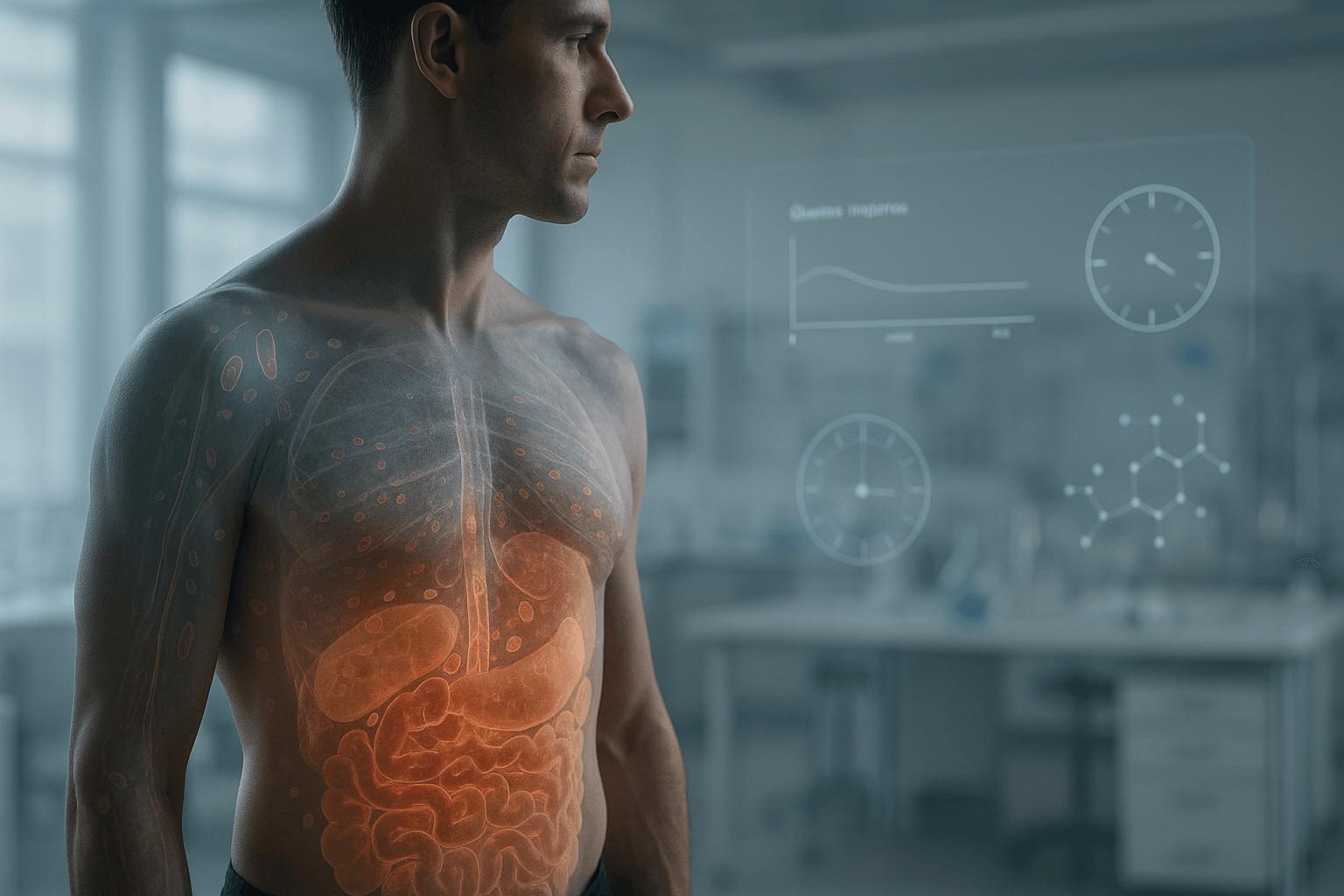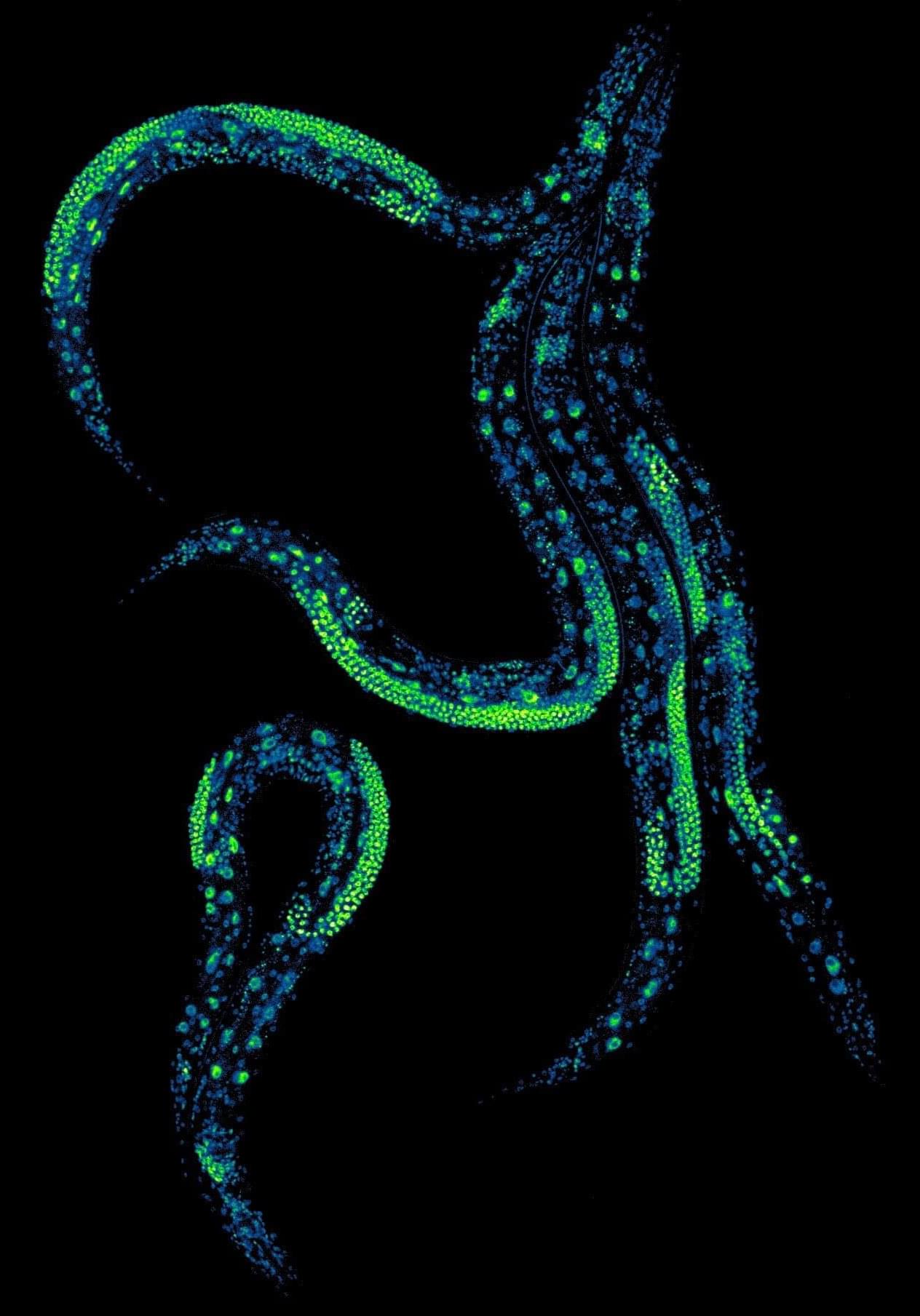Researchers in China report that global incidence rates of psoriasis rose slightly from 1990 to 2021 and are projected to continue rising for both men and women through 2050.
Psoriasis is a chronic inflammatory skin disease that continues to impose a growing global burden. Understanding the rate of increase is critical for informing public health strategies, improving health care access, and supporting early diagnosis worldwide.
In the study, “Global Psoriasis Burden and Forecasts to 2050,” published as a Research Letter in JAMA Dermatology, researchers used a time-series forecasting analysis to project global psoriasis incidence through 2050 and to address age, sex, and regional differences in burden.







